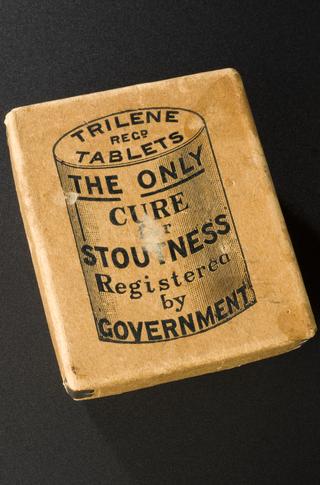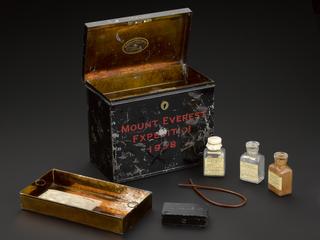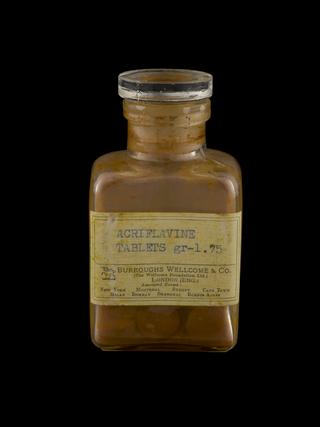

Five red terra sigillatae, almost spherical stamped with Maltese cross surmounted with crown, from Malta(?) or Turkey(?), 1401-1800
How would you react if your doctor told you to swallow clay, or rub it onto your skin? For centuries, this is exactly what physicians recommended for a wide variety of medical complaints.
In ancient Greece, clay was pressed into large tablets and distributed by local priests. But it wasn’t any old clay – it was a special type found on the islands of Lemnos, Melos and Samos, and was reputed to have therapeutic properties. How could they prove the clay’s place of origin? Distinctive seals were stamped into the tablets, giving rise to its name ‘terra sigillata’ – Latin for ‘sealed earth’.
Why was it so popular? It could be used to treat a broad range of illnesses and ailments, from poisoning to skin diseases. It also had celebrity endorsement – or at least a Greco-Roman type of celebrity – the famed physician, Galen. His books were translated into Arabic and Latin, and used until the 1500s, ensuring the remedy’s popularity for many hundreds of years.
Did it work? Modern analysis of terra sigillata has found that it contained silica (or sand), aluminium oxide, chalk, magnesia and iron oxide – much the same as today’s indigestion and heartburn remedies. Probably tasted just as bad too.
Details
- Category:
- Materia Medica & Pharmacology
- Collection:
- Sir Henry Wellcome's Museum Collection
- Object Number:
- A656733
- Materials:
- clay
- Measurements:
-
overall (one piece): 11 mm x 20 mm .006 kg
overall (5 pieces): .026 mm
- type:
- terra sigillata

